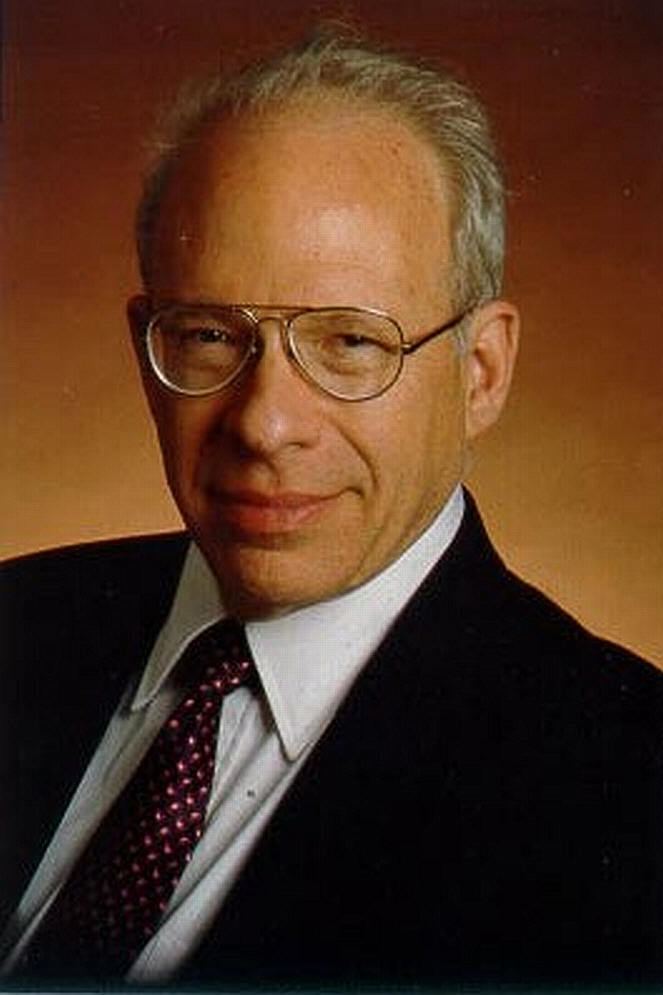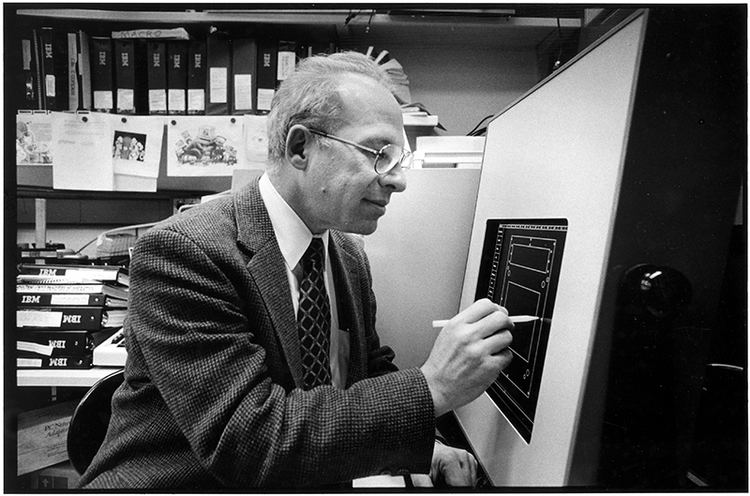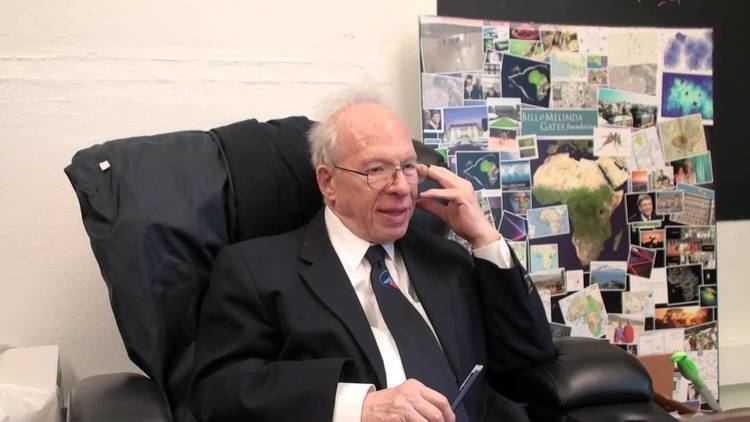Name Richard Garwin Role Physicist | ||
 | ||
Books Nonlethal Technologies: Progress and Prospects : Report of an Independent Task Force Sponsored by the Council on Foreign Relations Similar People Enrico Fermi, Georges Charpak, Chien‑Shiung Wu, Tsung‑Dao Lee, Maria Goeppert‑Mayer | ||
Richard garwin eminent nuclear physicist
Richard Lawrence Garwin (born April 19, 1928) is an American physicist, widely known to be the author of the first hydrogen bomb design.
Contents
- Richard garwin eminent nuclear physicist
- Foster secretary moniz richard garwin to hold press conference on iran
- Education
- Career
- Honors
- References

Foster secretary moniz richard garwin to hold press conference on iran
Education

Garwin received his bachelor's degree from the Case Institute of Technology in 1947, and two years later his Ph.D. from the University of Chicago under the supervision of Enrico Fermi at the age of 21. Another of Fermi's students, Marvin L. Goldberger, claims that Fermi said that "Garwin was the only true genius he had ever met".
Career

After graduating from the University of Chicago, Garwin joined the physics faculty there and spent summers as a consultant to Los Alamos National Laboratory working on nuclear weapons. Garwin was the author of the actual design used in the first hydrogen bomb (code-named Mike) in 1952. He was assigned the job by Edward Teller, with the instructions that he was to make it as conservative a design as possible in order to prove the concept was feasible. He also worked on the development of the first spy satellites, for which he was named one of the ten founders of national reconnaissance. While at IBM, his work on spin-echo magnetic resonance laid the foundations for MRI; he was the catalyst for the discovery and publication of the Cooley–Tukey FFT algorithm, today a staple of digital signal processing; he worked on gravitational waves; and played a crucial role in the development of laser printers and touch-screen monitors. He has been granted 47 patents and has published over 500 papers.
In December 1952, he joined IBM's Watson laboratory, where he worked continuously until his retirement in 1993. He is currently IBM Fellow Emeritus at the Thomas J. Watson Research Center in Yorktown Heights, New York. During his career Garwin divided his time between applied research, basic science, and consulting to the U.S. Government on national-security matters.In parallel to his appointment at IBM, he held at different periods an adjunct professorship in physics at Columbia University; an appointment as the Andrew D. White Professor-at-Large at Cornell University; and a professorship in public policy, and in physics, at Harvard University. He has also been the Philip D. Reed Senior Fellow at the Council on Foreign Relations in New York, NY.

Garwin served on the U.S. President's Science Advisory Committee from 1962–65 and 1969–72, under Presidents Kennedy, Johnson, and Nixon. He has been a member of the JASON Defense Advisory Group since 1966. From 1993 to August 2001, he chaired the Arms Control and Nonproliferation Advisory Board of the U.S. Department of State. From 1966 to 1969 he served on the Defense Science Board. He also served on the Commission to Assess the Ballistic Missile Threat to the United States in 1998. He is currently a member the National Academy's Committee on International Security and Arms Control and has served on 27 other National Academy committees.
Honors

Garwin received of the National Medal of Science, the United States' highest honor for the fields of science and engineering (award year 2002), for "his research and discoveries in physics and related fields, and of his longstanding service to the Nation by providing valuable scientific advice on important questions of national security over a half a century."He also received the equivalent, La Grande Médaille de l'Academie des Sciences, from France for his role in discovering parity violation in pion decay. He is among a select few scientists to have been elected to all three U.S. National Academies: the National Academy of Sciences (elected 1966), the National Academy of Medicine (1975), and the National Academy of Engineering (1978). In 2016, President Barack Obama honored Garwin with a Presidential Medal of Freedom. 1988 AAAS Award for Scientific Freedom and Responsibility.
